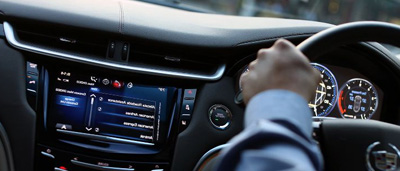Did you know you can suffer from allergies even in the car?
The car recirculates air from outside the vehicle through the air conditioning and engine. So, if there’s hay fever or allergens in the air, everyone in your car could suffer symptoms.
Follow our easy tips to reduce your chances of suffering an allergic reaction in the car this year.
Allergy tip #1: Use carbon filters in your air conditioning
The most important resource for managing allergies in the car is the use of carbon filters in your air conditioning system. Of course, here at Volks Affair we always install carbon filters in your air conditioning unit during a car service. It’s because the carbon filters are useful to anyone suffering allergic reactions such as sneezing, or watery red eyes. This is particularly important for the driver, who may be dangerously distracted due to unwanted symptoms.
Carbon filters are made from charcoal with pores that act as a sponge, trapping unwanted airborne particles, and odours, even the tiniest allergens and pollens floating in the air. The filters remove them from your car’s air space, leaving it fresher and safer for the passengers and driver.
Allergy tip #2: Keep your car clean
Dust is the enemy, and it can easily accumulate on your dashboard and elsewhere in the car. So, make sure to give your interior a thorough dusting, ideally on a weekly basis. Also, carpet can be another place where allergens lurk, so make sure to vacuum it regularly too.
Allergy tip #3: Keep tissues close to the driver
If you do suffer an allergic reaction, keeping tissues nearby will help you manage an unwanted case of watery eyes or sneezes. It’s important to keep tissues within grasp of the driver, to prevent unsafe leaning or twisting. Don’t keep tissues in the glove box or back seat which can be dangerous for the driver to reach in transit.
Allergy tip #4: Protect your eyes
Keep a spare pair of sunglasses to wear while driving to protect your eyes. At this sunny time of year the glasses will also protect your eyes from sun glare as well as unwanted allergens.
Allergy tip #5: Check your car insulation
Make sure the window seals on your car are well fitted and snug. This will prevent airborne pollens unnecessarily entering your car through poor seals around your windows. And of course, keep windows up while driving on high pollen count days.
Allergy tip #6: Watch the pollen count
If you are vulnerable to pollen and allergens, keep an eye on the local forecast and consider avoiding driving. Perhaps ask a friend or family member to drive instead. This may seem like an extreme measure, but the recent asthma storm in Melbourne where several people died due to severe reactions demonstrates that it is very important to stay aware of potential weather conditions that may affect you or your families’ allergies.

